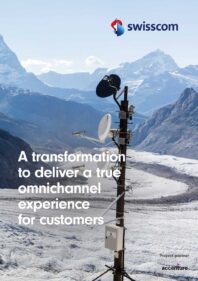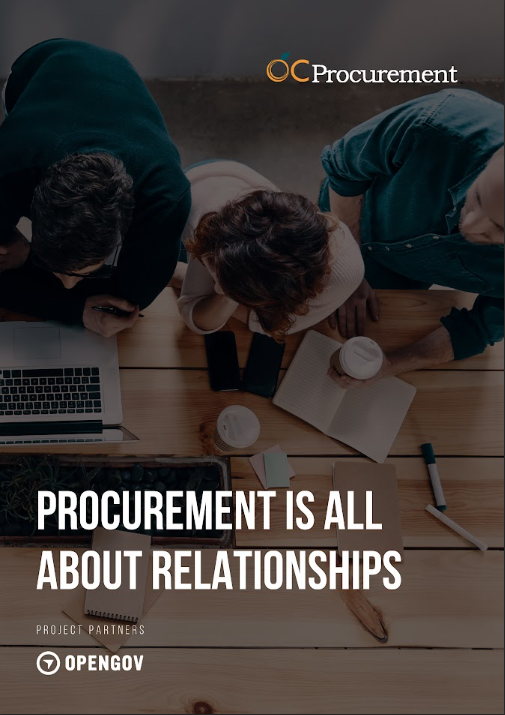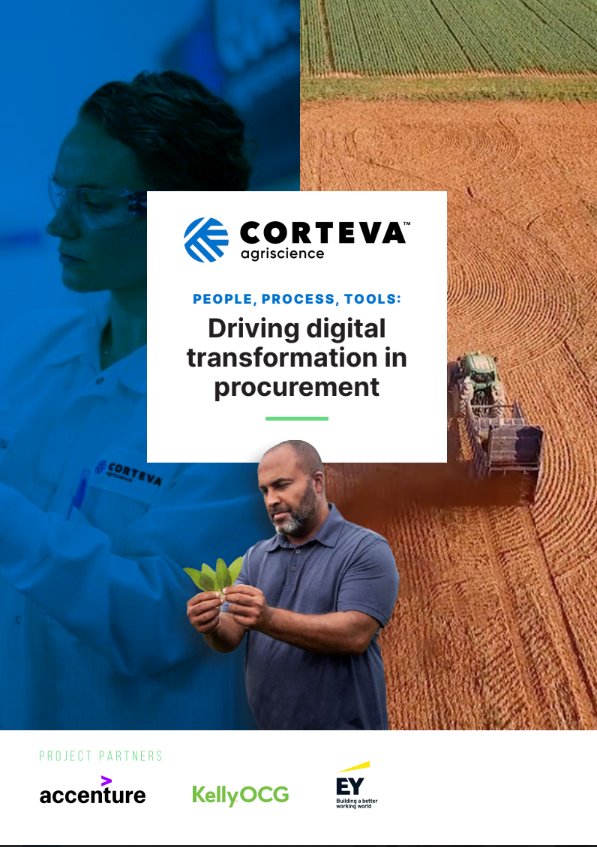As the leading provider of telecom services and one of the leading IT companies in Switzerland, Swisscom has a duty to ensure that the way in which its customers can access those same services and products is simple, pain-free and personal. This is a challenge for all major telcos today in that they must satisfy the modern day telco customer, who expects the same level of seamlessness and freedom in their shopping experience as they do in their own day-to-day lives.
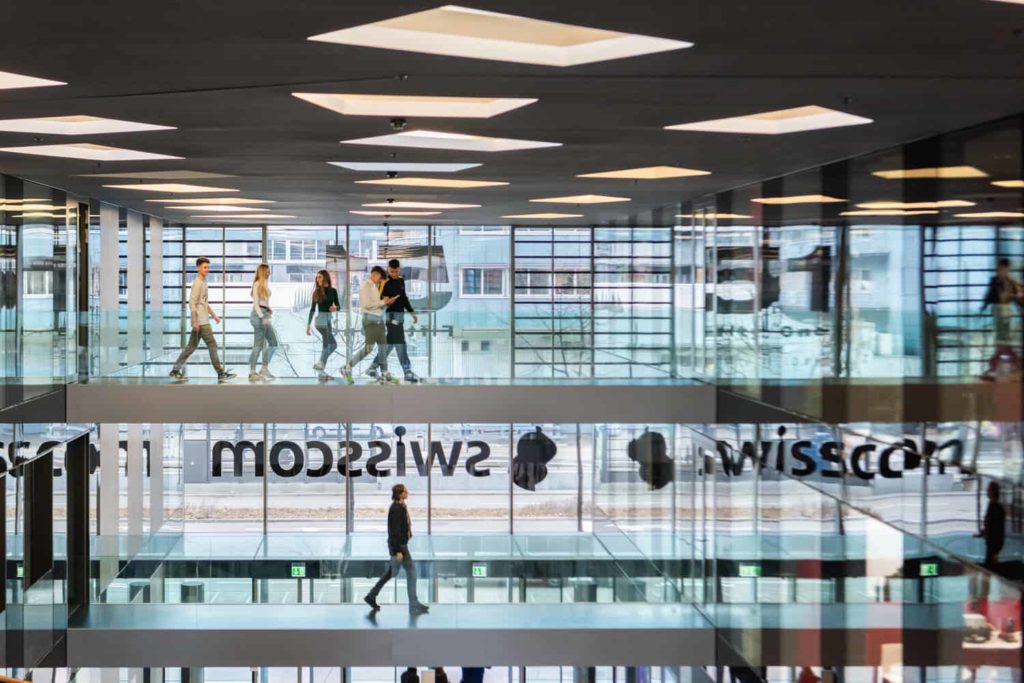
“The modern customer can use their services wherever they want. He or she can sit outside and do all of their daily work with a wireless device on a seamless online experience. If they want to buy a new service from Swisscom where they don’t wish to go to the shop, they can do it online or via the app,” explains Sven Friedli, EVP and Head of Enterprise Architecture & Innovation at Swisscom. “When they go to a real touchpoint like a shop or call customer care, we know their history, we know what they have been doing, and we can see if their service has an outage and then deliver the best support possible when they get in touch with us. For Swisscom customers, our services provide great freedom with all-inclusive flat-rate price plans to do their work and also enable their private lives wherever and however they want.”
The challenge then for Swisscom, is taking that further and pushing the boundaries of what is possible. As the company says itself, it looks to shape the future and inspire its customers with a cutting-edge network, high-performance offerings and excellent service and in order to continue its success on this front it embarked on a significant transformation journey of its internal architecture.
Friedli, having built his career in software development, project & portfolio management and IT architecture, first joined Swisscom 12 years ago to oversee a customer relationship management (CRM) project for Swisscom’s Corporate Customers. Over the course of those 12 years, he has seen, first hand, significant change in the telco space – both from an external perspective and from the way in which technology plays a key role in enabling a company to better serve its customers. “Technology is an enabler,” he says. “When I worked in software development I found out quite fast that you have to have someone who translates the technology for the business units and the people. The biggest change is that a lot of services were built individually with individual software. The future will be more focused on cloud-based standardised software, which makes it easier and faster to drive a digital transformation.”
Despite this evolution, Friedli still firmly believes that technology should always be an enabler for the company and that with this transformation journey at Swisscom, technology is being used to enable greater customer service solutions. “It should always support your daily life,” he says. “The technology should always help people do their business, use their services and communicate with each other, and so we set out to implement an architecture that allows us to provide a service and an experience that does exactly that.”

The digital transformation of Swisscom can be divided into three clear parts, each catering to the ‘new needs of the business’. First, Swisscom needs to ensure that its online channel, used by wireless devices, has to be the best supported channel so that if a customer is accessing it via a mobile or a computer device it is the best possible experience for them. Through this, you can achieve a significant online shift and self-service increase.
The second component is focused on how Swisscom could achieve this. “To deliver a good service to your customers, you have to put the service user in the center,” says Friedli. “Traditionally, the telco companies have had a contract-only-focused view of the customer, so the one which owned the contract of different services is the one you know. But if my daughter is watching TV, or I am watching TV, we both have different needs. Swisscom needs to know me or my daughter as specific service users and put our needs in the middle. Only then can you deliver a customised and good experience.”
The third element of this transformation looked at the technology architecture that could power this approach, with Swisscom looking to adopt a microservice base and decoupled architecture that would be lightweight for agile development and reduce complexity in the business processes and it-landscape.
Through this, and with the support of Accenture, Swisscom looked to build an entirely new omni channel platform. Through a framework called the digital omni-channel platform (DOCP), Swisscom was able to look at plugging some of its existing capabilities in order to decouple its core BSS platform and build up an omnichannel experience on top of it. “It wasn’t a product, it was a framework that provides the flexibility to reuse some already existing assets,” explains Friedll. “As an example, for identity and access management, we could plug in what we already had as an enabler, and we still have the flexibility to integrate the best in class products for other capabilities like CPQ (Configure, Price, Quote) and still deliver a very integral experience towards our channels.”
By focusing on wireless services for the online channel first, Swisscom could implement and enable a level of agility that would allow it to continue rolling out the new omni channel experience step by step across its stores and customer care services while being able to respond and react to a constantly changing business needs. “I strongly believe that you can only succeed by using the agile setups we have implemented in Swisscom,” he says. “We have BizDevOps value streams based on SAFe (scaled agile framework)where the business responsible employees were integrated in these agile teams as product managers and product owners. This means they can steer directly the backlog of development teams and focus on the evolving needs of the business.”
Often the biggest challenge for a technology transformation like this is identifying and outlining a clear roadmap that truly addresses those shifting business needs. As Friedli notes, the telco market always changes radically and the days gone in which transformation projects were singular and costly projects that delivered one new technology or outcome at time. In his own words; “You cannot invest in a three-figure million project over three years that delivers the benefit only at the end of it’s journey. For sure also the customer needs will change over such a time period.”

This was the major hurdle at the start of this journey, identifying how Swisscom should proceed. It needed to address the shifting needs of the business while also continuing to provide great value to customers of today, but also the customers of ‘two-three years from now’. Friedli stresses that it has to be a step-by-step journey for all. “You have to look at your own track and which direction you go, but you shouldn’t look too far ahead because when it comes to digital services, change happens fast and you can easily be down the wrong road,” he says. “You have to have a clear and understandable vision which you can explain to all stakeholders, but you need to be open and honest enough to say ‘I cannot achieve exactly this result in three years’ because on the way, our goals will change.”. Fast results are the key here, but a patient and collaborative mindset is too. This is where, for Friedli, Swisscom succeeds. “We’re not a hierarchical company at all. We have really flat organisations,” he says. “Our employees are able to drive the decisions and drive the transformation, within boundaries of course. It’s step by step and day by day. You have to give clear boundaries and a clear vision, and let them find the way where to go.”
When Friedli recalls the first steps taken on this journey, he jokes; “What did we do wrong on day one?”. Friedli is first to admit that this new omni-channel experience was an ambitious goal and not all stakeholders clearly aligned on how to achieve them. “What is an easy and simple customer journey?”, “How do we achieve our online shift exactly?”, “How do you overcome the balancing act between best products and simple processes?”. These kinds of questions you have to answer in your vision before you start anchoring it in the teams.”
Swisscom wanted to build up this omnichannel experience within an agile working environment, but how on earth would it actually go about delivering that?
“Lots of people think agility just means complete freedom and everybody can do what they want, but in reality it is being able to adjust your plan really fast, but in very strict boundaries,” he says. “We found over time that we had to define very clear boundaries of where to go, how to build our microservices, how to test the experience with the customer so you could learn fast and be able to change things if they go in the wrong direction.,”
“Agility and flexibility can make things happen so fast that you can go off track very easily. We had to adjust our plans and really home in on what our vision should look like and also adjust our roadmap”. Friedli points to a key learning here, one that has continued to help steer him in the right direction throughout this journey. “To achieve simplicity for your customers and touchpoint is for sure not simple. You really have to focus on the relevant needs of them. Don’t make too many compromises to rebuild everything you had in the past and really optimise the experience and performance. Also you should start with small teams to do the first steps to learn and adapt before you scale out.”
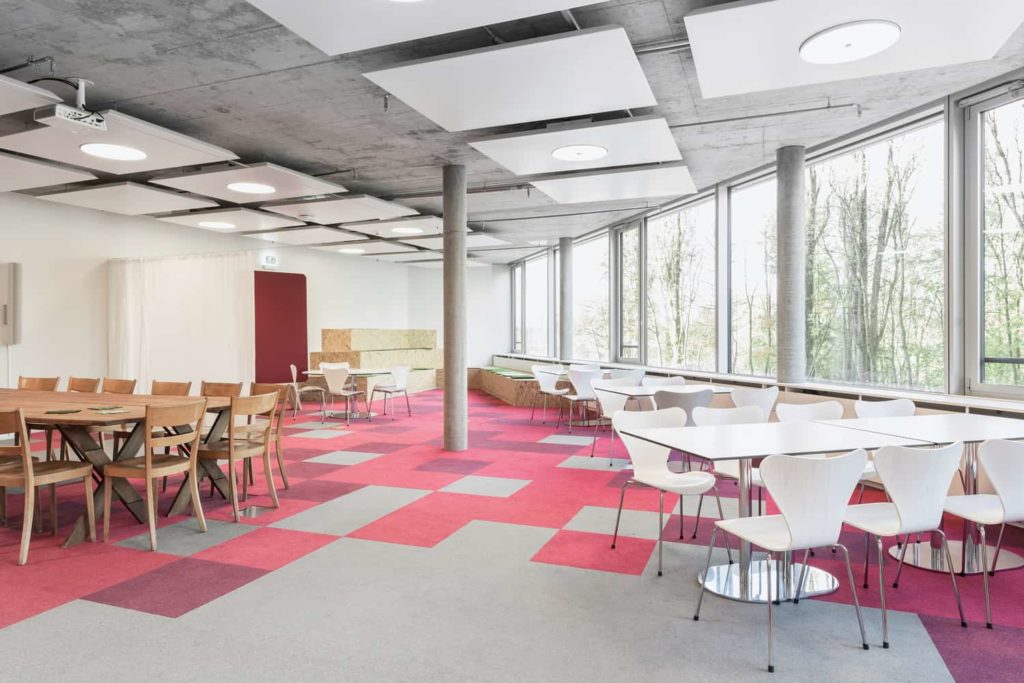
The role that Accenture has played in this journey should not be understated. They delivered the DOCP framework, contributed to the target vision and roadmap and helped the teams to improve in the agile way of working.
Following a market wide assessment, Accenture and Swisscom established a key framework that would support Swisscom’s needs and help the company build up this new omni-channel experience. “We were really one common team,” says Friedli. “We had Accenture Scrum masters working together with both Accenture and Swisscom DevOps employees and there were common responsibilities on backlog content and priorities. We had unified goals and often people from outside couldn’t tell who was a Swisscom and who was an Accenture employee. This builds up a good partnership and relationship. There’s real collaboration between us and when things go wrong, we sit down and we work together to solve the challenges that face us.”
Over time, following the support of Accenture, Swisscom was able to run this program independently. Now, two years into this journey, Friedli can reflect on key success factors:
1. A clear business vision is key for success as this was a business case and not purely an IT project.
2. Learn fast and adapt even faster. Customer and employee feedback were instrumental in steering our roadmap and priorities
3. A multi-speed architecture is required to support your journey to omni-channel transformation
“Our theoretical ideas in the beginning weren’t always right. Success in online-usage and conversion rate will give you the needed feedback. Bring new services fast and in small steps to production, so that you can learn from the feedback and adjust your roadmap.”, he says.
With solid foundations in place and successes to back up this B2C transformation, Swisscom is also embarking on a B2B transformation. This journey, once more, is focused on supporting the new business needs. Following a merging of small and medium enterprise businesses (SMEs), Swisscom has set out to deliver the same product and same experience by harmonising its services and processes.
“What is different to B2C is that the whole sales experience has much different dimensions,” he says. “You have partners who are selling your services, who you have to support and then you have sales organisations which go to the customer, but they want to reuse the services you build up wherever possible.”
This B2B transformation, however complex, is only in its infancy and Friedli is keen to stress the importance of maintaining the same online mobile-first mindset in order for the business to focus on the easy and simple experience. The road ahead is still a long one, with the B2B and B2C journeys continuously evolving and for Friedli the future successes of Swisscom relies on not only on this agile framework, but an agile mindset. “Be willing to learn, like we were,” he says. “Listen to employees if things are going wrong, listen to the partner if he gives you feedback, listen to your customer if he is not using the new built up service. Don’t have a fixed plan and think that you can roll it out in the next 30 months and then you’ll achieve your goals. Be able to listen, learn, and then adjust towards the increasingly new needs of your customers.”
